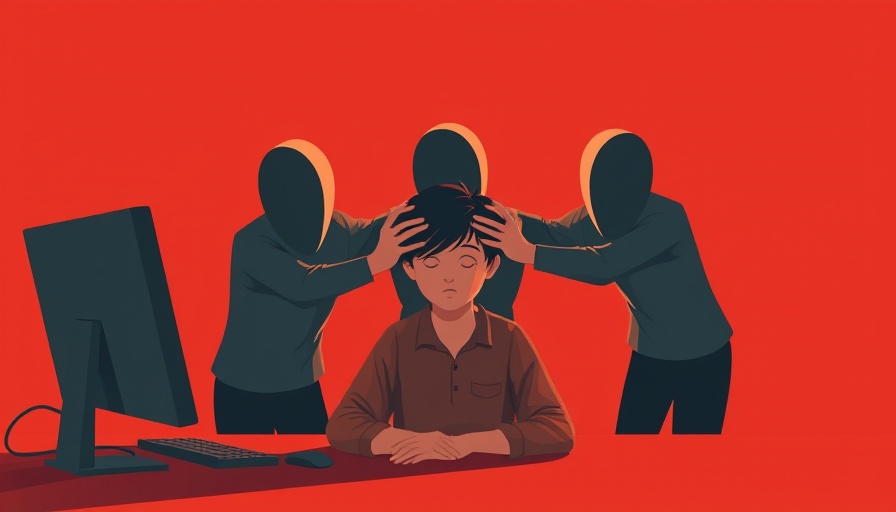
A Tragic Toll: The Ongoing Crisis of Teen Suicides
The hearts of many in regional Queensland are heavy with grief after the heartbreaking news that six more teenagers have taken their lives, following the tragic suicide of 13-year-old Corrine Lee Cheu. This relentless cycle of despair highlights a deeper issue that often goes unnoticed in Australia: the urgent need for mental health support and resources in rural communities.
The Ripple Effect of Bullying
Bullied relentlessly in her final days, Corrine became a casualty of a much larger epidemic. While the stories of such tragedies often gain traction in urban centers like Sydney, the voices of families in regional areas remain marginalized. Her grandmother, Trish Stewart, passionately advocates for increased awareness and intervention, stating, "It feels like we are the forgotten ones in Far North Queensland. While the focus is on Sydney and the big cities, we are up here struggling alone." This sentiment resonates deeply with many families across similar communities.
Scaling the Awareness Ladder: Families in Action
Corrine’s family has not only suffered loss but has channeled their grief into action by establishing the One More Light Foundation, dedicated to raising awareness about the bullying that led to Corrine's tragic end. They work tirelessly to collect funds for mental health resources, particularly school counselors who can intervene early. Their drive underscores a vital point: mental health discussions should extend beyond urban horizons to the youth most affected by isolation in rural areas.
The Demand for Support: Addressing the Needs of Rural Youth
Multiple families have expressed their distress and urgency for mental health resources after losing their children. Another victim, 13-year-old Clarrissa Nicholson, reinforced the grim reality when she succumbed to bullying just weeks ago. The repeated calls for help from families serve as a stark reminder of an epidemic; Trish Stewart emphasizes, "This is an epidemic, and we just need help." Families report a chilling lack of support, including emergency responses for children struggling with suicidal thoughts. According to recent studies, rural areas reportedly have fewer mental health resources, intensifying the struggle for families to find help.
Counselors as Lifelines: A Crucial Call to Action
The need for school counselors, as articulated by Stewart, cannot be overstated. Trained professionals not only provide immediate support; they pave the way for a culture of openness and understanding when it comes to mental health discussions within schools. Additionally, creating and nurturing a safe environment for children is paramount. As noted by the families, educational institutions must prioritize mental health as a core value, integrating regular workshops and counseling sessions into school curriculums.
Looking Ahead: Potential Solutions and Community Involvement
Bridging the gap between rural communities and necessary resources requires concerted efforts from both local governments and community members. Initiatives like the One More Light Foundation are pivotal; they not only mobilize funds but also spark conversations around sensitive topics like bullying and suicide prevention. More legislative support in the form of grants for schools to employ mental health professionals can catalyze change.
Through Awareness to Action
For those impacted by these heartbreaking stories, raising awareness is the first step. Establish local support groups, engage in community conversations, and ask local officials what steps can be taken to remedy the crisis. The tragedy that affected Corrine and others is a call to action—for communities to unite, support families, and ultimately create a network of care that leaves no child behind.
This outreach not only expresses solidarity but also fosters a proactive attitude towards combating bullying and fostering mental well-being.
Together, we must ensure that no child ever feels alone in their pain.
 Add Row
Add Row  Add
Add 




Write A Comment